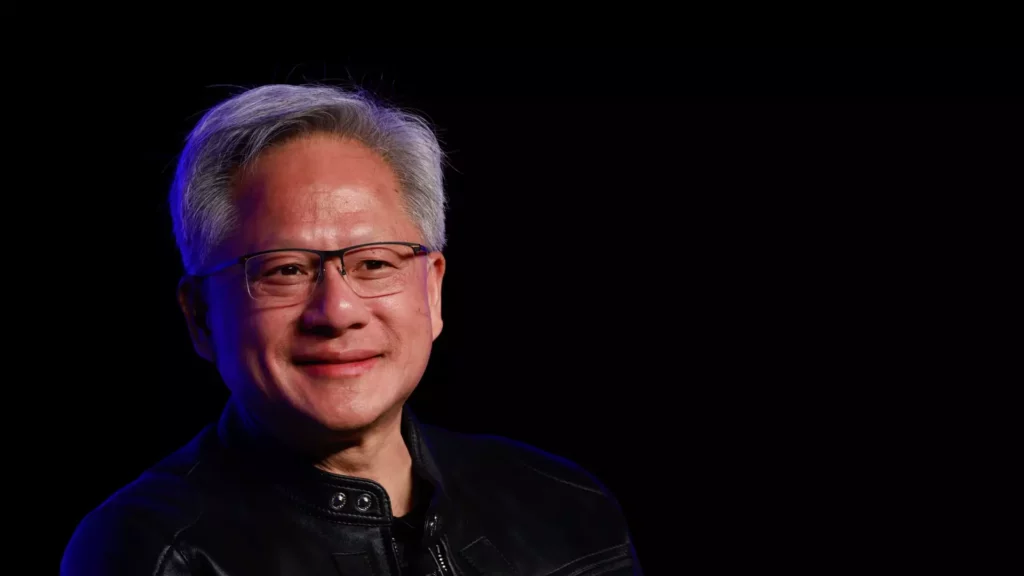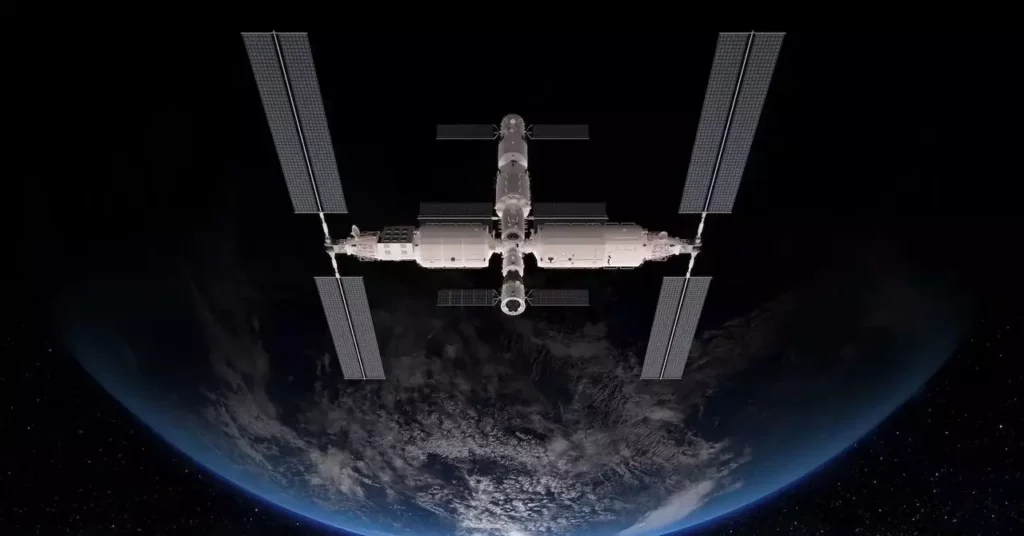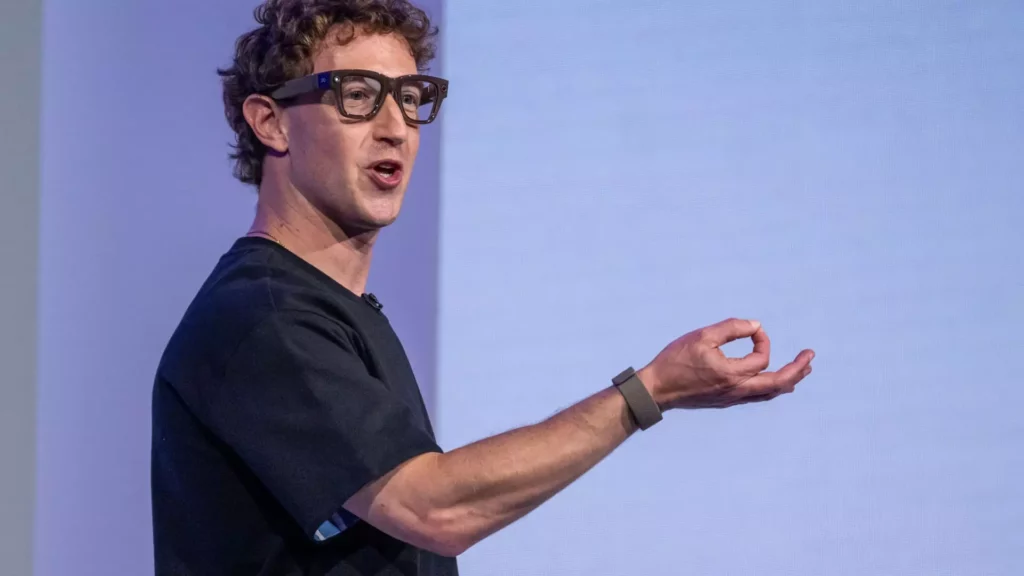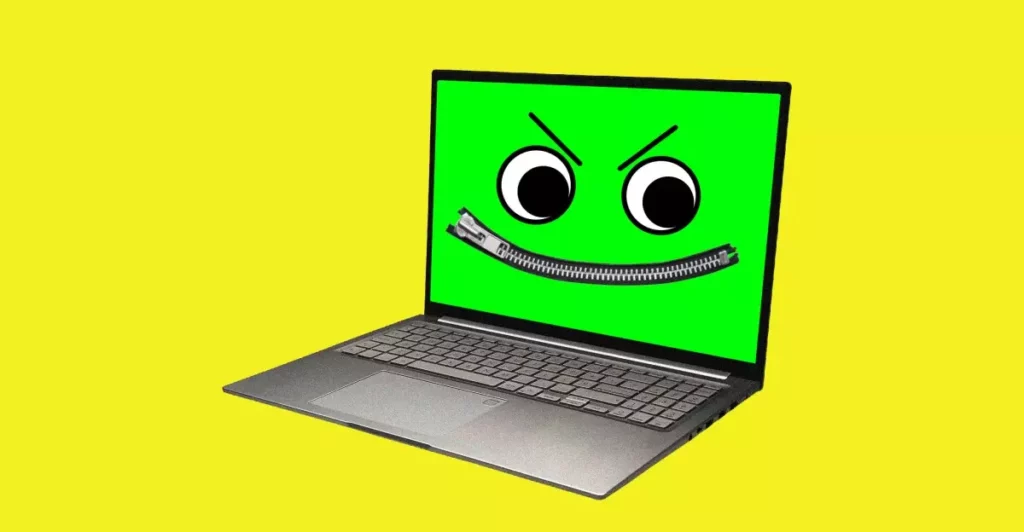In an era characterized by rapid technological advancement, the likes of which we have never witnessed before, the pioneering assertions of Nvidia’s CEO Jensen Huang can hardly be overstated. He heralds artificial intelligence as the “great equalizer.” This term resonates deeply within today’s society, reflecting a profound shift in how we engage with technology. The old model of computing, dominated by highly specialized skills—such as JavaScript wizardry or C++ mastery—is giving way to a more approachable, conversational framework. The implication is clear: AI is making technology comprehensible for the average person, leveling the playing field in a way that was previously unimaginable.
It’s fascinating to consider how this paradigm shift affects our relationship with technology. For decades, a significant divide existed between those who could program and those who could not. Huang’s breakthrough insights reveal that AI’s evolution allows anyone to communicate with machines using the “language of humans.” In other words, a simple question or command can summon sophisticated capabilities that were once the exclusive domain of highly trained professionals. This significant change democratizes technology, opening avenues for creativity and problem-solving that were previously constrained to those with technical training.
Conversational AI: A New Era of Interaction
Among the most transformative advancements is the rise of conversational AI, exemplified by tools like ChatGPT. Unlike traditional systems that required intricate command inputs, these new technologies permit users to engage as if they were conversing with another human. This transition fundamentally alters the definition of programming. No longer do we need to think algorithmically in the same complex ways; instead, we articulate our needs, and AI translators and interpreters bring those ideas to life.
Imagine a scenario where you want to create engaging content for your business. Instead of drafting complex code or even spending long hours conducting research, you can simply prompt an AI to generate unique ideas or even complete drafts. Such an approach dramatically lowers barriers to entry, effectively removing the gatekeepers of knowledge and providing equal access to powerful tools for innovation.
The Collaborator, Not the Competitor
One prevalent narrative surrounding AI is the fear of job displacement. Huang’s insights challenge this notion, presenting AI not as an adversary that threatens employment but rather as an assistant that augments human capabilities. By enhancing our productivity, AI contributes to a more resourceful workforce. The question becomes not whether jobs will be lost, but how AI can be employed to elevate our roles within various industries.
For example, companies like Fiverr and Shopify are leveraging AI to enhance operational efficiency, turning it into a collaborative tool rather than a competitive force. This perspective not only fosters innovation but can incentivize companies to invest in upskilling their employees to harness the full potential of these technologies. It serves as a clarion call for individuals to adapt to the evolving landscape, positioning themselves advantageously by embracing technological evolution.
Generational Empowerment
Huang also underscores an often-overlooked aspect: the impact of AI on the upcoming generations. Children today are introduced to conversational AI at an early age, shaping their educational experiences and stimulating creative thought processes. This generational adaptation goes beyond mere familiarity with technology; it lays the groundwork for an intrinsic understanding of working collaboratively with AI.
As these children mature, they are likely to become adept creators and thinkers, capable of merging human and machine talents seamlessly. This evolving partnership suggests that future innovations are not built in silos but arise from the collective capabilities of intelligent systems and human insight. If handled responsibly, this dynamic interplay could lead to unprecedented creativity and problem-solving capacity across various spheres.
The Importance of Openness and Adaptability
To fully leverage the promising potential of AI, society must foster an ethos of openness and adaptability. Huang’s observations are a striking reminder of the consequences of resisting change. Those who embrace AI technologies not only enhance their individual productivity but also contribute to a broader cultural shift. The integration of AI necessitates a cultivated mindset that views technology as a partner rather than merely a tool.
Moreover, promoting responsible AI usage still poses a challenge. As powerful as these technologies can be, ethical considerations and societal ramifications cannot be neglected. Striking the right balance between harnessing AI’s capabilities and ensuring its responsible deployment will require ongoing dialogue and proactive engagement from various stakeholders, including businesses, educators, and policymakers.
Throughout this transformative journey, the intersection of AI and human interaction unfolds dramatically, offering exciting prospects for creativity and innovation. Given the unprecedented potential of this collaboration, we find ourselves on the brink of an era that embraces technological capabilities, redefining our approach to creativity and problem-solving in ways previously unimagined.









Leave a Reply